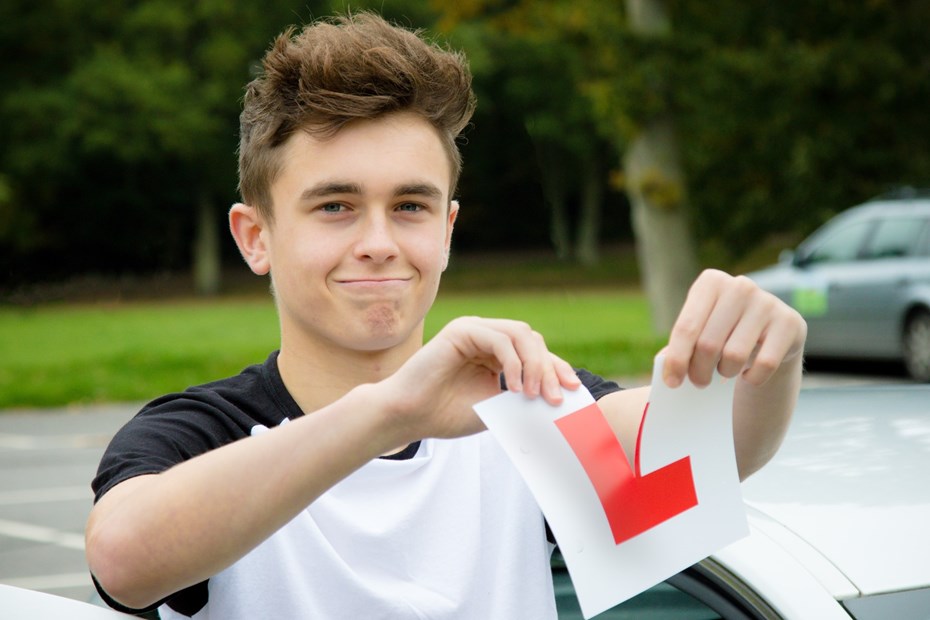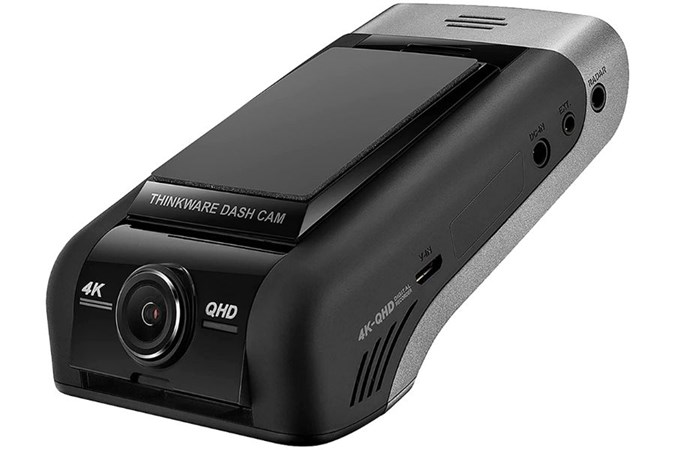Taking your UK driving test is a big life event. You can feel under a lot of pressure, or just generally nervous about it, especially if you don’t know what’s expected of you. Fortunately, the test isn’t designed to catch you out, but you’ll perform at your best if you approach it in the right way.
In this article, we’re going to go over our top tips for passing your driving test that will help you go into it feeling positive and confident. They could be especially helpful if you’ve been learning with a supervisor, rather than an approved instructor. But don’t just take our word for it. We asked an approved driving instructor for his advice. He said: “Safety first! An examiner just wants to see that you’re a safe driver able to anticipate and make safe judgements for yourself and other road users.
“Don’t give the examiner a reason to intervene verbally or physically. And give them a smooth ride – imagine them holding a cup of coffee, you don’t want to make them spill it. Test day nerves can make candidates rush their drive and judgement but take your time. You’ll only be driving for around 30 minutes and never think you’ve failed the test. Put any faults in the back of your mind and carry on.”
Be sure you’re ready
You want to pass your test at the first time of asking, so it’s vital to make sure you’re as well-prepared as possible. There’s real value in taking at least one mock test with an instructor to find out if you’re up to standard, especially if you’ve been learning with a supervisor.
It’s a big help to be familiar with the roads within a 15-minute radius of your test centre – that’s where you’ll be driving. The DVLA no longer publishes the exact routes used, however you can easily find them online. Your instructor will know them, as well.
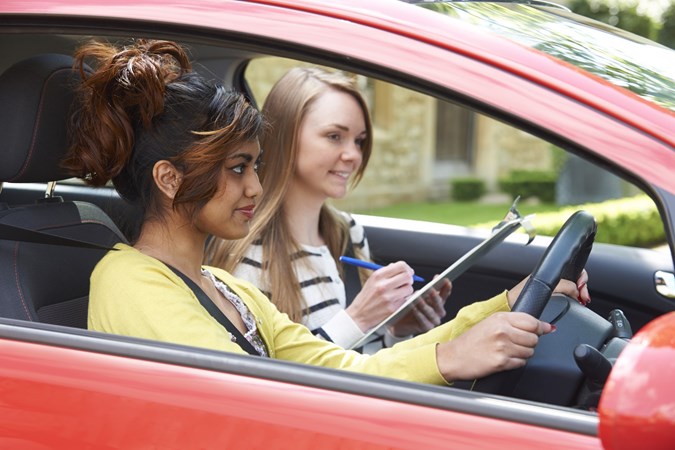
If possible, you should practice in that area at the same time of day as your test. There’s no point doing so when there’s no traffic if your test is scheduled for rush hour.
Make a good first impression
We all make judgements when we meet people and driving test examiners are just as prone to as anyone else, so it pays to make a good first impression. Get to the test centre early, dress reasonably smartly and greet the examiner warmly. If there’s anything you feel you should tell them about you, do so. Even if it’s just that you’re feeling really nervous – good examiners will put you more at ease.
If you’re using a car without a second interior mirror, say so before you leave the building so the examiner can bring one. Shut the car door firmly, show that you’re sat in a comfortable position, check the handbrake’s on and the gear lever’s in neutral. While driving, hold the wheel with both hands at the ‘quarter to three’ position. Drive as smoothly as you can. These little things show the examiner you’re confident and in control – it’s important they see that you are.
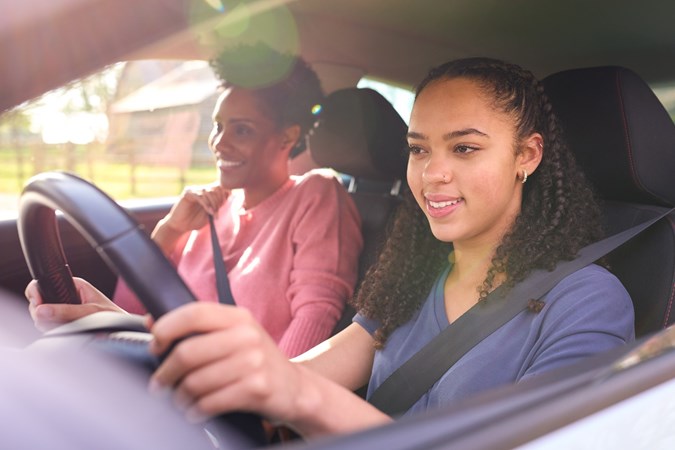
Know your car
It’s crucial that you know the car you’re taking your test in inside out. Not just so you can drive it confidently, but so you can answer all the show-me, tell-me questions and operate the lights, wipers and heating without taking too much attention off the road ahead.
You’ve already got full marks
The examiner has your pass certificate with them in the car – all they need to do is sign it. So you can approach the test thinking you’ve already got full marks and the object is to lose as few as possible, rather than trying to accumulate enough marks to pass. It’s a subtle difference but can help you to go in with a more positive attitude.
Stay safe and legal
Don’t try to impress the examiner with your skill and confidence behind the wheel – their primary concern is that your driving is safe and legal throughout the test. You should know going into the test what constitutes driving within the law – if not, maybe don’t take it yet.
Being safe is all about maintaining full control of the car at all times and not putting yourself and/or other road users in danger. Do so and you’ll get marked down with a fault. There are three types – minor, serious and dangerous.
You get a minor for doing something wrong, but there was no danger in it. A serious fault is for doing something that had the potential to create danger. You get a dangerous fault if you do something that actually was dangerous, such as causing another driver to brake heavily. If you have any doubt about the safety of a situation, such as passing parked cars, it’s best to stop and assess it before committing to a move.
If you’re learning to drive – especially without an approved instructor – it can be helpful to put a dashcam in your car during your lessons. That way you watch the drive back and analyse what you did right and wrong, and what you could do differently next time.
Parkers' top recommended dashcam
Read our full Thinkware U1000 review
Pros
- Records images in 4k
- High-quality sound, as well
Cons
- Only records 1-minute clips
Confidence is key
Being confident while you drive reassures the examiner that you know what you’re doing. But you’ve got to strike the right balance. A great many people fail their test because they were too confident or not confident enough, both of which can lead a driver to make inadvisable decisions. Be confident in your ability to control the car and in your decisions but remember to err on the side of caution.
Take your time, plan for every eventuality
The examiner wants to see you use as much of the speed limit as possible, but don’t rush yourself. If there’s a hazard or junction up ahead, back off the throttle to start slowing down and assess the situation. Consider all the options before committing to a move.
Let’s say there’s a line of parked cars on your side of the road. Can you see past them? Is there space for two cars to pass each other next to them? Is there a bend or pedestrian island beyond them? Can you change your car’s position slightly to give you a better view? These are the sorts of things you need to consider. If you decide you have to stop, do so safely, indicate and position your car to make it obvious you’re going to pull out.

Commit to a move and finish it
The road ahead is clear and you start passing a line of parked cars or turn into a junction when a car coming the other way appears. If it’s safe to do, stay committed to the move and finish it. The oncoming car may technically have right of way but, since you got there first, they should let you through.
They may choose not to, of course, in which case do what you can to avoid a dangerous situation developing. If one does, the examiner is unlikely to mark you down significantly unless you do something that makes matters worse. If in doubt, just stop and let the other car come through.
Practice the manoeuvres
During the test, you’ll be asked to do one or more of the following manoeuvres: driving forwards into a parking bay, reversing into a parking bay, pulling up on the right-hand side of the road and reversing back two car lengths, reverse parallel park. Practice these manoeuvres until you’re fully confident you can do them. The examiner will be checking you look in your mirrors and over your shoulder several times throughout the manoeuvre.
During the course of the test, you’ll also be asked at least once to do the following: pull up on the left-hand side within six inches of the kerb, a hill start, an angled start from behind a parked car, an emergency stop. Again, practice these moves as much as possible. Reversing round a corner and three-point turns are no longer part of the test, but being able to do them is really useful.
Remember that, with all these manoeuvres, the examiner wants to see that you’re safe and in control of the car.
Observation, observation, observation
Most people who fail their test do so for something that boils down to a lack of proper observation. It’s easy miss an important road sign, forget to look over your shoulder when pulling away from the kerb, or not look in the mirrors at the right time. But you have to get the balance right.
The examiner isn’t sat there counting every time you look in the mirrors. Indeed, looking in them too much can create a dangerous situation if it causes you to miss something happening ahead. The main thing is to look in the mirrors every time you change speed or direction.
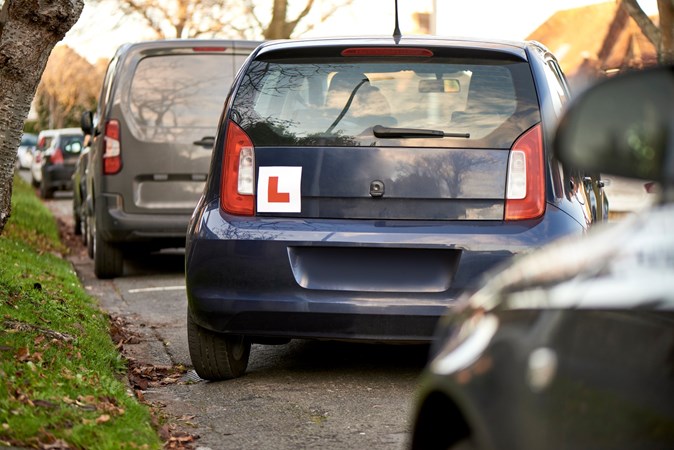
If you’re not sure, ask
The examiner will issue many instructions during your driving test and it’s entirely possible you’ll miss some – especially if you’re concentrating really hard. Don’t be afraid to ask the examiner to repeat themselves. Though, as with so many of these things, if you have to ask them to repeat the same instruction several times, you could get marked down for it.
If you miss a junction, turn around safely
During your driving test, you’ll be asked to follow the satnav or the road signs. It’s possible you’ll miss a junction and need to get back on track. You’re allowed to turn around, but you must do so safely. If you need to, ask the examiner if they know of a turning place.
There’s no need to panic. You won’t get marked down for missing the junction, but you will for attempting to deal with it in an unsafe manner. If you’re following satnav, it should quickly reroute anyway. Throughout the exercise only glance at the satnav screen. Looking at it for more than a couple of seconds could cause you to miss a hazard ahead. Similarly, don’t be tempted to look at the examiner’s iPad.
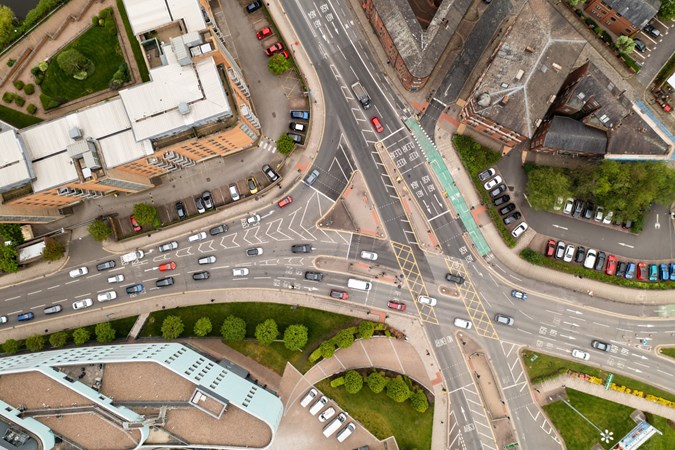
Enjoy yourself
Taking your driving test can be incredibly nerve-wracking and nerves can cause you to make mistakes. It’s entirely understandable to feel like that – getting your driving license is a big deal and it can feel like there’s a lot riding on it. But if you’re prepared, confident and regard the examiner as an ally rather than an adversary, you may find yourself enjoying a pleasant drive that comes with a prize at the end.
Just so you know, we may receive a commission or other compensation from the links on this website - read why you should trust us.


